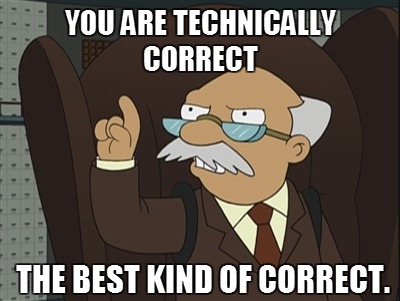I'm reading a certain set of kindergarten/lower primary maths textbooks that is written by North American authors for a European company.
Whenever students are asked to identify the number of rectangles in a given picture, the answer booklet gives the number of oblongs instead of the number of rectangles.
While the topic may be too advanced for kindergarten students, the maths textbooks indeed explicitly say at the bottom of the first page of a textbook at the very first level to tell students that squares are special types of rectangles, where levels 1-4 are for kindergarten students.
Additionally, the accompany guide for teachers devotes a whole page of discussion as to how to teach that squares are special types of rectangles. There's even a paragraph about teaching to kindergarten students. The authors/some of the co-authors of the teacher guides are also authors/co-authors of the textbooks. They have also said that if students are taught that squares are not rectangles, then they will have misconceptions later.
Perhaps, the ones who wrote the answer booklets were not fluent in English while the ones who wrote the textbooks were.
For example
[picture with 4 circles, 2 triangles, 3 square rectangles, 2 oblong rectangles for a total of 5 rectangles]
Circle ___
Triangle ___
Square ___
Rectangle ___
The answer key would give only the numbers:
4
2
3
2
So, the last line is wrong since it should be 5.
Could this happen in German? Or a German dialect? I mean, is there something specific about the translations of any of the following words 'rectangle, square, oblong, quadrilateral, quadrangle, parallelogram, trapezoid/trapezium, rhombus' that would cause such confusion? I guess the translator/s thought that when English speakers say 'rectangle', it means 'oblong in their language/dialect, but I don't see that as specifically a problem for this particular language.
By the way, are squares considered rectangles in Germany? Apparently, these things can vary by state, curricula, culture, time, etc. Please provide a document from the education department of your government or something.
P.S. I'm a monolinguist.
Related:
Are kindergartners supposed to be steered from squares being rectangles?
In what curricula are “rectangles” defined so as to exclude squares?
Why do we have circles for ellipses, squares for rectangles but nothing for triangles?
What are/should kids (be) taught about the colour of the sun?

